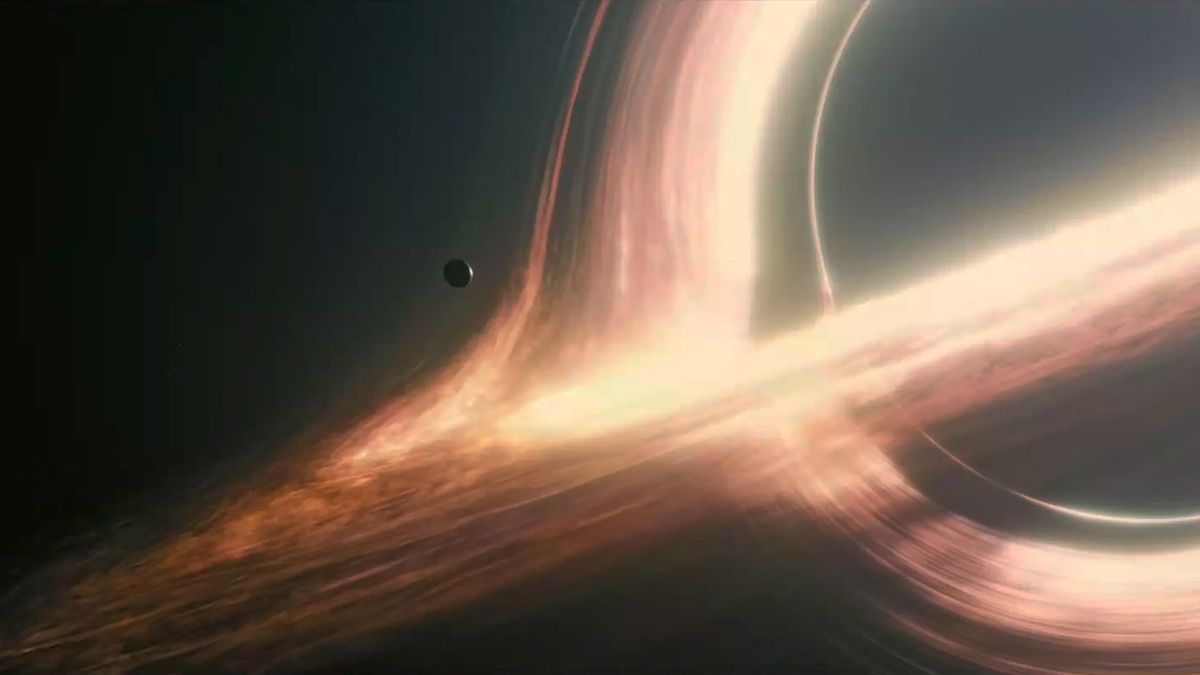Due to the mind-blowing distances and speeds required, interstellar travel would be extraordinarily difficult, if not impossible, for humanity to achieve. But new research highlights yet another challenge: communication blackouts.
The next-closest star system to our own, Alpha Centauri, is over 4 light-years away, so barring any fancy sci-fi technological revolution in the next few centuries, if we want to spread among the stars, we’ll have to do it the “slow” way.
That means we’d need some sort of propulsion method that could get us close to, but not exceed, the speed of light. But even if we were to achieve this ambitious goal, this futuristic mode of transportation would present all sorts of communication challenges, scientists explain in a paper recently uploaded to the preprint database arXiv.
The first problem is that light itself can only travel at a finite speed. While this doesn’t severely hinder communication near Earth, engineers already have to deal with this challenge when communicating with probes sent across the solar system. For example, messages take minutes to arrive at Mars and hours to reach the outer planets. For even longer-distance communication — like an imagined scenario of a spacecraft sent to some star system many light-years away — it would mean any message would take years to reach the craft.
Related: Is interstellar travel really possible?
But that’s not the only hurdle. Special relativity teaches us that clocks are not synchronized across the universe. Travelers on board the spacecraft would experience time dilation, in which time would flow more slowly than it would for people on Earth. This effect is already measurable; for example, it needs to be taken into account for synchronizing signals from GPS satellites.
But in our imagined scenario, our travelers are moving as close to the speed of light as possible. This is absolutely essential for propagation out into the galaxy. Because of time dilation, the passengers would not experience the years and decades of travel; for them, depending on how fast they moved, only weeks or months might pass.
This time dilation would introduce serious issues for coordinating messages, which requires a significant amount of math. While annoying, that wouldn’t be the hardest part of interstellar travel. Instead, it’s that spacecraft traveling at near light speed would suffer severe communication blackout periods.
In their paper, the researchers investigated two hypothetical interstellar-travel scenarios. In the first, travelers would continue to accelerate their spacecraft at a constant 1 g of acceleration — the same acceleration provided naturally by Earth’s gravity. This would send their spacecraft ever closer to the speed of light.
Curiously, this kind of constant acceleration would introduce an event horizon. If the people of Earth sent a message to the spacecraft, that message would be limited to the speed of light. It would race ahead toward the spaceship, but in the meantime, the ship also would move away from the signal. If the message were sent soon enough, it would eventually reach the ship after a significant time delay. But if they were to wait too long, the message would never arrive; the spacecraft would always be one step ahead of the message, and from their perspective, signals from Earth would eventually go dark.
The second scenario offers different challenges. The researchers considered the case of a spacecraft sent to a distant destination. At first the spacecraft would constantly accelerate, but midway through its journey, it would flip itself around and decelerate so that it didn’t just fly by its target. This scenario would introduce its own set of communication challenges.
First, the spacecraft would stop receiving messages from Earth after a certain amount of time. These messages would eventually reach the spacecraft, but only after it had reached its destination and stopped moving.
On the other hand, the spacecraft would be able to send signals to Earth, and those signals would always reach their targets. Also, signals sent from the destination (say, a colony already set up on the distant planet) would always reach the spacecraft while it was cruising in that direction.
But signals sent from the spacecraft to the destination would not arrive until shortly before the craft itself got there, at which time all of the sent messages would pile up on each other, announcing the arrival of the craft.
These realities mean that communication with near-light-speed spacecraft would be very challenging. All interstellar vehicles must operate independently, because after a certain amount of time, they will be cut off from Earth. If a problem arises, they will be able to tell people on Earth about it, but they won’t be able to hear a response.
Also, distant colonies wouldn’t know about the launch of a spacecraft in their direction until shortly before the craft arrived there.
No matter what, interstellar travel would be a lonely journey.

Dr. Thomas Hughes is a UK-based scientist and science communicator who makes complex topics accessible to readers. His articles explore breakthroughs in various scientific disciplines, from space exploration to cutting-edge research.








